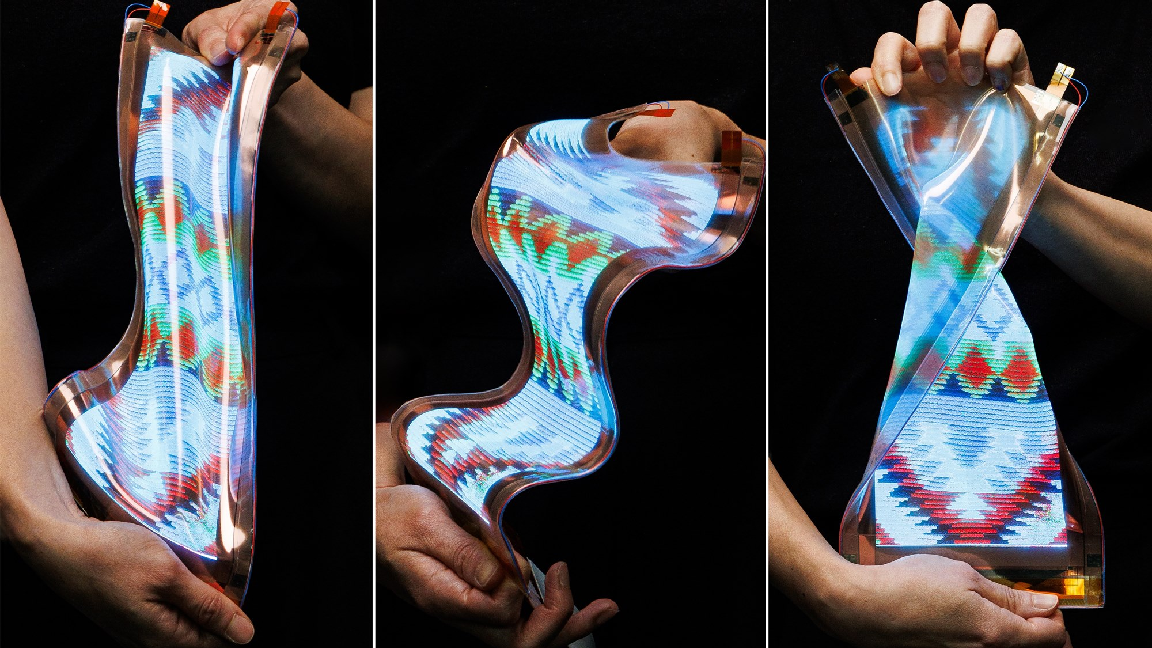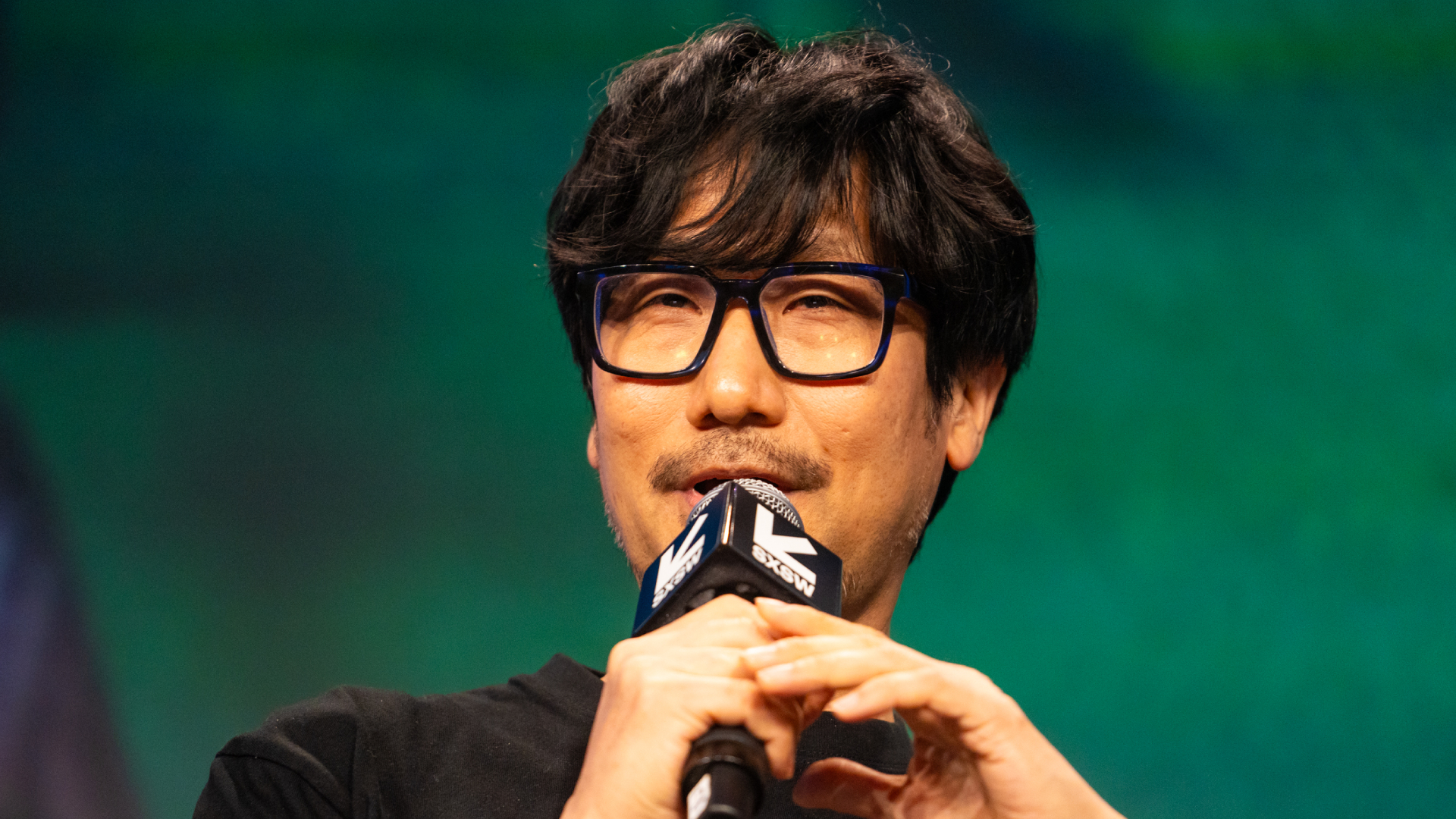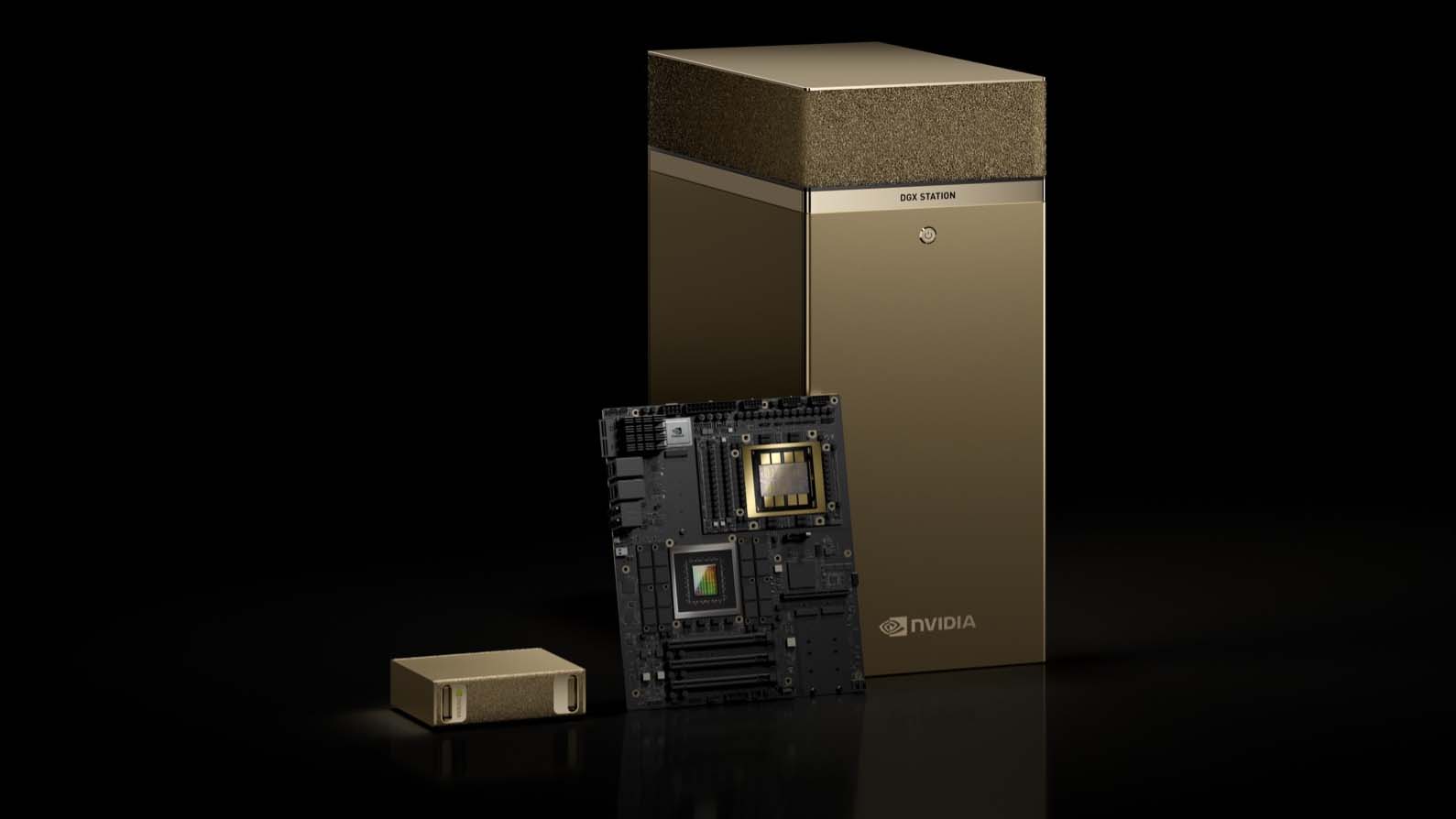
Scrunch it, pull it, twist it—but unfortunately no bop it
Flexibility could be the next bleeding edge for hardware to thread. Besides the bendy CPU whose performance leaves much to be desired outside its one party trick, monitor manufacturers are experimenting with pliable projects.
LG Display is the latest name to explore something with this technical twist, unveiling a stretchy screen prototype that can be expanded by up to 50% with a good tug (via Tom’s Hardware). A prototype demonstration took place in Seoul at LG Science Park as part of a stretchable display national project during an event involving around 100 other South Korean tech stakeholders on November 8th.
This is far from the first bendy screen we’ve seen, with American company Corsair releasing the Xeneon Flex OLED Monitor a few years back. The big difference with LG’s prototype is that it does a bit more than stretch; you can scrunch it, pull it, and twist it (though there’s no word yet on whether you can bop it).
Dated reference aside (does Gen Z know the crushing low of flicking it when you mean to bop it?) LG’s prototype is also a darn sight smaller than that Corsair monitor. LG’s flexible display first presents RGB colour and 100 PPI at 12 inches, but can then expand up to 18-inches—which LG is quick to note in their press release exceeds “the original national project’s target of 20% elongation,” and is “the highest rate of elongation in the industry.”
As impressive as all of that is, I just can’t get past how wrong the idea of scrunching up expensive tech feels; monitors may be hardware but they’re historically not the hardiest of wares in the face of, say, a flung controller. Furthermore, in the case of the Corsair monitor, it’s not just the fact you’ve really got to give it some welly to expand the display, but also the horrible sounds of protestation made by the frame that all contribute to the feeling of ‘there’s something wrong with this picture.’
Besides that, isn’t the pliability of LG’s prototype and its array of potential form factors just introducing heaps of new points of failure?
On the subject of durability, LG’s press release states, “By using a micro-LED light source of up to 40 μm (micrometers), the new prototype’s strengthened durability means it can be repeatedly stretched over 10,000 times, maintaining clear image quality even in extreme environments such as exposure to low or high temperatures and external shocks.” That might be a bold claim but, if this prototype ever makes it to market in some form, it could mean cracked phone screens may one day be a thing of the past.
The LG Display prototype remains a ways off any kind of consumer environment, but the company also shared a handful of conceptual use cases. In a bid to further highlight both the prototype’s durability and pliability, LG proposed a wearable application where a stretchable display panel attached to a firefighter’s uniform could provide a real-time feed of information. While that could end up being a pipe dream, a wearable that actually achieves some real world good would certainly make a change.






